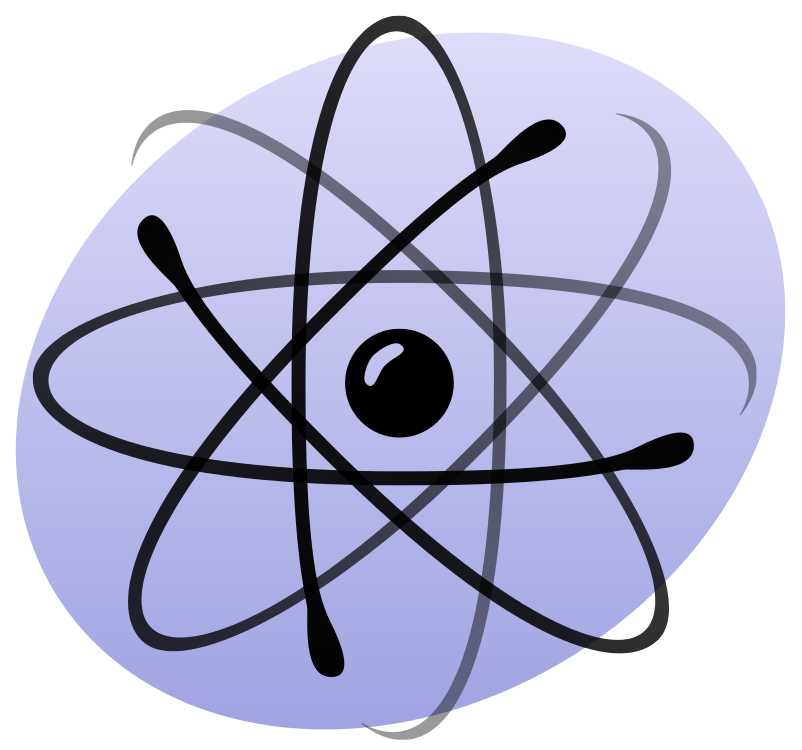Imaginary numbers may sound like a math fantasy, but they are fundamental to everything from solving equations to complex analysis, electrical engineering, and even quantum physics. Let’s explore the math behind imaginary numbers and why they matter more than you might think.
1. What Are Imaginary Numbers?
In mathematics, imaginary numbers are numbers that, when squared, result in a negative number. The most basic imaginary number is i, defined as:
i = √(-1)
This may seem impossible because, in the real number system, squaring any number (positive or negative) results in a positive number. But the introduction of i opened the door to a whole new number system: the complex numbers.
2. The Birth of Imaginary Numbers
The history of imaginary numbers starts with the need to solve equations that didn’t have real solutions. In the 16th century, Gerolamo Cardano encountered the square root of negative numbers while solving cubic equations. However, he didn’t fully accept their validity.
It wasn’t until Rene Descartes (1637) who coined the term “imaginary” in a somewhat dismissive tone, that these numbers got their name.
But it wasn’t until Carl Friedrich Gauss in the 18th century that imaginary numbers were given formal legitimacy. He showed that every polynomial equation has a solution in complex numbers, a key insight in modern algebra.
3. The Complex Plane: Imaginary Meets Real
Imaginary numbers live on the complex plane, a two-dimensional grid where:
- The x-axis represents real numbers
- The y-axis represents imaginary numbers
Any number on the plane is written as a + bi, where:
- a is the real part
- b is the imaginary part
This system allows us to work with complex numbers, which combine real and imaginary components and have many applications in physics, engineering, and computer science.
Example: The number 3 + 4i lies 3 units along the real axis and 4 units along the imaginary axis.
4. Operations with Imaginary Numbers
Imaginary numbers behave differently from real numbers, but they follow specific rules:
- i² = -1
- (i)³ = -i
- (i)⁴ = 1, and so on, cycling every 4 powers.
Addition, subtraction, multiplication, and division can be done with complex numbers just like regular algebra, but using the properties of i.
5. Imaginary Numbers in Action
Complex Numbers in Equations:
Imaginary numbers are essential in solving certain equations, particularly quadratic equations with negative discriminants. For example, the quadratic equation:
x² + 1 = 0
Has no real solutions, but has two imaginary solutions: x = i and x = -i.
Euler’s Formula:
One of the most beautiful results involving imaginary numbers is Euler’s formula:
e^(iθ) = cos(θ) + i sin(θ)
This formula bridges the worlds of algebra, geometry, and calculus. It shows how complex numbers and the unit circle are deeply connected.
Example: When θ = π, we get Euler’s famous identity:
e^(iπ) + 1 = 0
This equation links five of the most important constants in mathematics: e, i, π, 1, and 0.
6. Why Imaginary Numbers Matter
Imaginary numbers are not just abstract curiosities. They have practical applications:
- Electrical engineering: Used to model alternating current (AC) circuits and impedances.
- Quantum mechanics: Essential for describing wave functions and probabilities.
- Signal processing: Used in Fourier transforms to analyze complex signals.
Conclusion: Imaginary Numbers—Real Importance
Though they were once dismissed as nonsensical, imaginary numbers are now indispensable to both pure and applied mathematics. From solving equations to understanding the universe’s deepest mysteries, imaginary numbers help us navigate the complexity of the real world.
Bonus: Key Milestones in Imaginary Numbers
| Year | Milestone | Contributor |
|---|---|---|
| 1500s | Encounters negative square roots | Gerolamo Cardano |
| 1637 | “Imaginary” term introduced | René Descartes |
| 1750s | Formalized the complex plane | Carl Friedrich Gauss |
| 1800s | Euler’s formula discovered | Leonhard Euler |
| 1900s | Quantum mechanics uses imaginary numbers | Various physicists |
